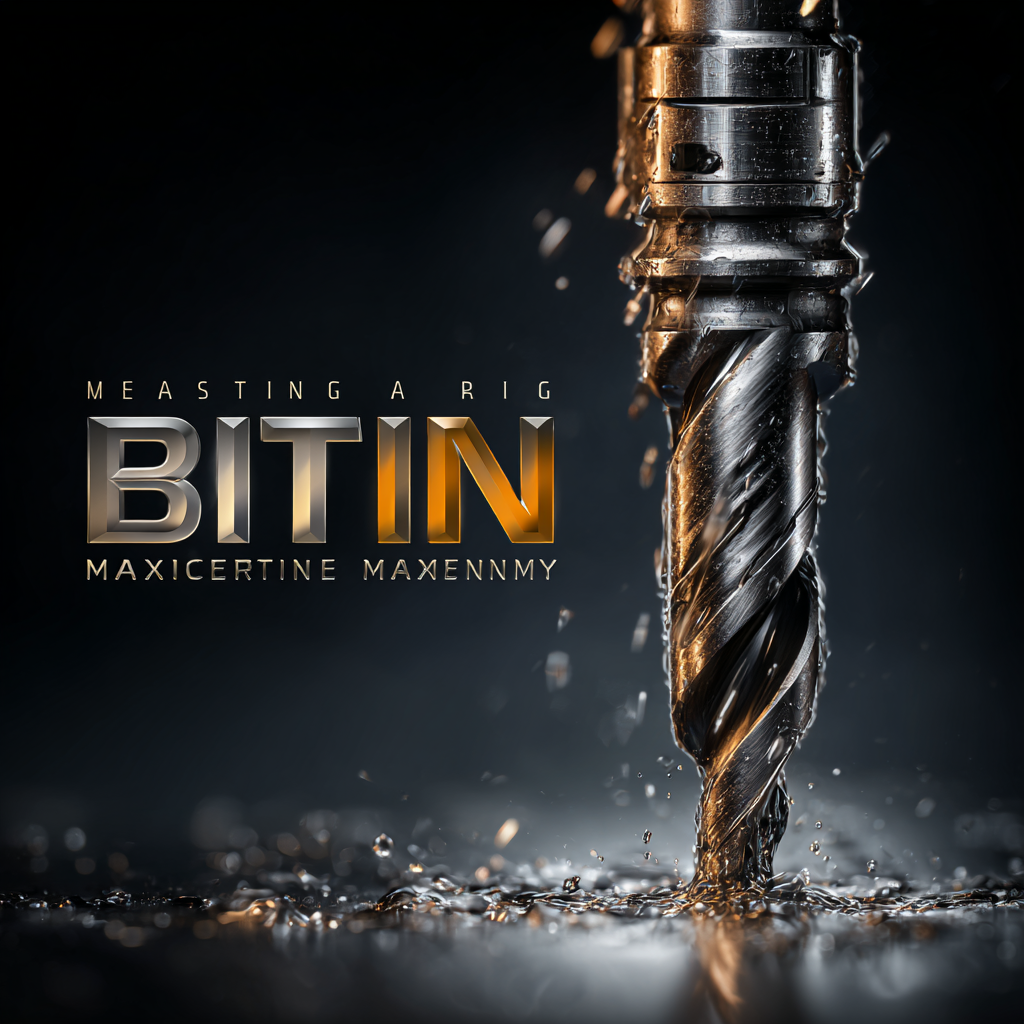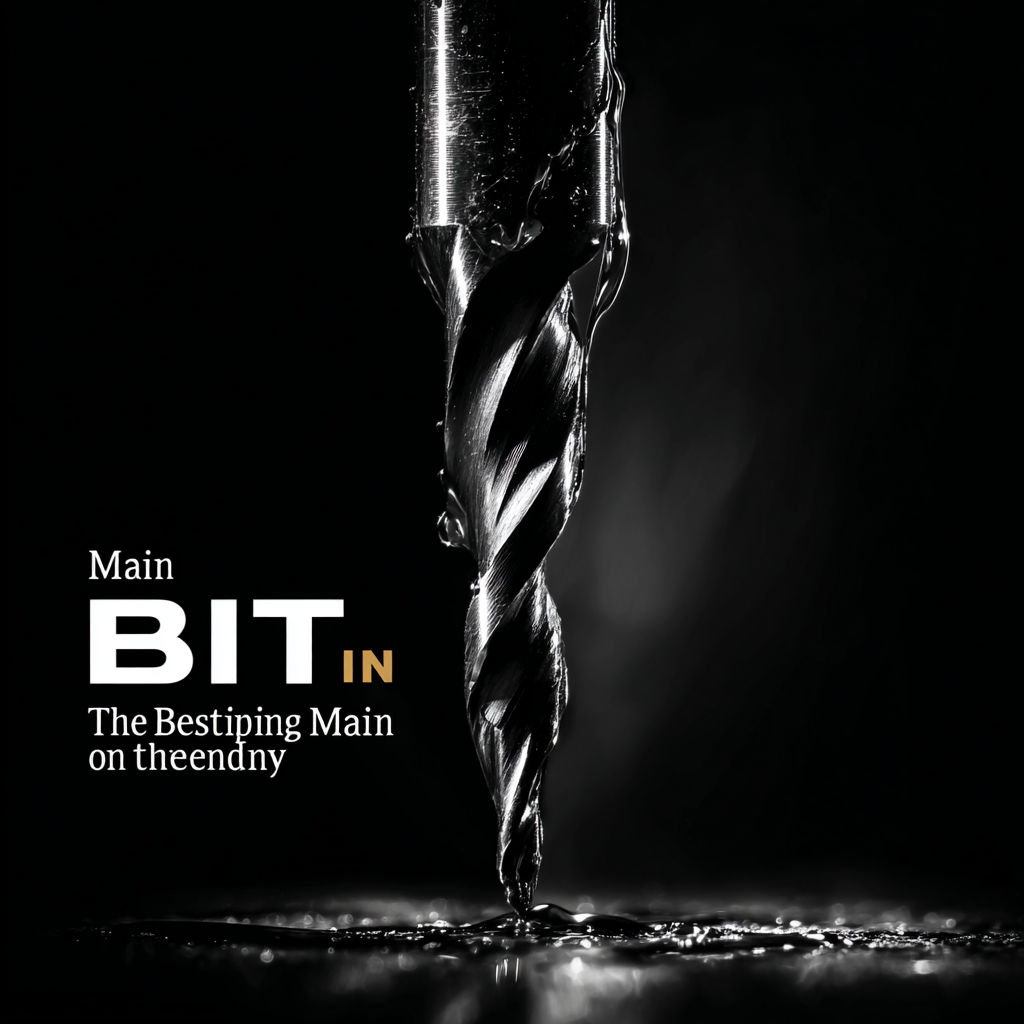Leave Your Message
In the constantly evolving landscape of the drilling industry, optimizing efficiency is paramount for enhancing productivity and ensuring sustainability. According to a recent report by the International Association of Drilling Contractors, advancements in technology and methodologies can boost drilling efficiency by up to 30%. One crucial element in this optimization process is the Bit Main approach, which focuses on the selection and management of drill bits. The right bit selection not only reduces costs associated with drilling operations but also significantly decreases non-productive time. As the industry increasingly embraces digital solutions and top-tier technologies, aligning the Bit Main strategy with these innovations can lead to exceptional performance gains. By harnessing the power of industry certifications and leading-edge technologies, companies can navigate the complexities of import and export regulations while maximizing operational efficacy in their drilling endeavors.

The Best Bit Main Approach is a systematic method designed to enhance the efficiency of drilling operations through the strategic choice and management of drill bits. At its core, this approach emphasizes the importance of understanding the geological conditions and selecting bits that are best suited for the specific type of material being drilled. By aligning the bit characteristics with the formation properties, operators can significantly reduce wear and tear while improving penetration rates.
Tip: Always conduct a thorough geological survey before selecting your drill bit. Utilize logging data to identify rock types and their hardness, which will allow you to choose a bit that optimally suits the drilling conditions.
Another fundamental principle of the Best Bit Main Approach is the importance of continuous monitoring. Real-time data analysis during drilling operations can reveal crucial insights into bit performance and efficiency. By keeping track of metrics such as rate of penetration (ROP) and torque, adjustments can be made promptly to optimize the drilling process.
Tip: Implement advanced monitoring technologies, such as downhole sensors, to gather data on performance. This proactive approach enables drillers to identify and correct issues before they escalate, enhancing overall operational efficiency.

Drilling efficiency is critical to the success of any drilling operation, and understanding the key factors that influence it can significantly enhance performance. One of the most crucial aspects is the selection of the right bit. The best bit main techniques involve choosing bits that are specifically tailored for the geological conditions encountered. Factors such as rock hardness, formation type, and the presence of water or gas pockets can dictate the type of bit needed, ensuring that the drilling process remains smooth and efficient.
Tips for maximizing drilling efficiency include regularly monitoring bit wear and performance. Keeping an eye on the rate of penetration and adjusting parameters promptly can prevent unexpected delays. Additionally, employing proper cooling and lubrication techniques helps in maintaining bit longevity. Another effective strategy is to ensure that drilling teams are well-trained and familiar with the equipment, as proficient operators can quickly adjust to changing conditions on-site, ultimately contributing to enhanced efficiency.
Incorporating new technology, such as real-time data analytics, can also lead to improvements in drilling effectiveness. Having immediate access to performance metrics allows teams to make informed decisions swiftly. By staying adaptive and utilizing the best bit main approaches, drilling operations can minimize downtime and maximize output.
| Factor | Description | Impact on Efficiency (%) | Best Practices |
|---|---|---|---|
| Bit Selection | Choosing the right bit type based on geological conditions. | 30 | Use a bit tailored for specific rock formations. |
| Weight on Bit | Optimal pressure applied to the drill bit while drilling. | 25 | Adjust weight based on performance indicators. |
| Rotary Speed | Speed at which the drill bit rotates. | 20 | Find the optimal RPM for the specific bit and formation. |
| Fluid Properties | Characteristics of the drilling fluid. | 15 | Maintain proper viscosity and density of the drilling mud. |
| Drill String Design | Configuration of the drill string components. | 10 | Optimize length and weight of drill pipes for minimal friction. |
Choosing the right drill bit is essential for maximizing drilling performance and efficiency. Factors such as the material you’re drilling, the type of equipment in use, and the desired hole quality play significant roles in the selection process. For instance, when drilling into harder materials, opting for a bit with a tougher construction and appropriate coating can lead to enhanced durability and precision. Understanding these factors allows for a streamlined drilling operation, reducing downtime and costs associated with bit failure.

Tips: Always consider the drilling parameters, including speed and feed rate, tailored to the specific bit and material. Regularly monitor the drilling conditions to adjust the parameters dynamically for optimal performance. Also, take into account the characteristics of the drilling environment, as oscillation and vibration can affect efficiency.
Additionally, utilizing data analysis can profoundly impact bit selection and optimization. Employ techniques such as data mining to evaluate past drilling performances. This approach can help identify trends and correlations in drilling outcomes, allowing for informed decision-making when selecting the best drill bit for your needs. By leveraging these strategies, you can ensure that your drilling operations are not only efficient but also yield high-quality results.
Implementing the Best Bit Main Approach to enhance drilling efficiency can be met with several challenges. One common issue is the selection of the right bit for specific geological conditions. Drillers often grapple with the compatibility of the bit design and the formation they encounter. To overcome this hurdle, it’s crucial to conduct thorough pre-drilling assessments, utilizing technologies such as advanced geological modeling and data analytics. By understanding the subsurface conditions better, teams can choose bits that maximize penetration rates and reduce wear, ultimately improving overall performance.
Another significant challenge lies in the operational execution of the Best Bit Main Approach. Teams may face difficulties in adapting to real-time data and adjusting their drilling parameters accordingly. This can lead to suboptimal performance if not managed effectively. Encouraging a culture of data-driven decision-making is vital. Implementing training programs that focus on the interpretation of real-time data and its application to varying drilling conditions can empower drillers to make informed adjustments. This not only enhances the efficiency of current operations but also fosters an environment of continuous improvement and innovation in drilling practices.
In recent years, the Best Bit Main Approach has emerged as a leading strategy to optimize drilling efficiency across various projects. A detailed analysis by the International Association of Drilling Contractors (IADC) revealed that drilling time can be reduced by up to 25% when employing targeted bit selection and management strategies. Case studies from the North Sea and the Permian Basin illustrate the effectiveness of this approach. For instance, a drilling team operating in the North Sea successfully utilized the Best Bit Main Approach, resulting in a record-breaking well completion time and a significant reduction in operational costs.
Tips for implementing this approach include conducting thorough geological assessments before selecting a bit. This can enhance the probability of hitting the target depth efficiently. Additionally, regularly reviewing bit performance data allows teams to adjust their strategies dynamically. In a Permian Basin case, drilling crews reported a 15% increase in footage drilled per day after integrating real-time data analytics into their bit management process, showcasing the potential for significant gains when leveraging technology alongside effective practices.
Adopting the Best Bit Main Approach not only streamlines the drilling process but also promotes sustainable practices by reducing waste and resource expenditure. Drilling operators who prioritize bit performance can achieve improved outcomes, as evidenced by the case studies referenced.
